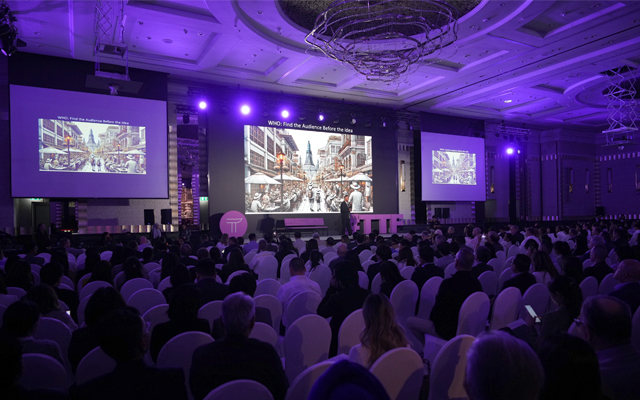The 14th edition of the Thailand Tourism Forum (TTF) 2025 underscored Thailand’s growing prominence as Asia’s luxury hub and highlighted the interconnectedness of emerging trends in luxury travel and wellness.
“Luxury is very resilient,” commented Jesper Palmqvist, regional vice president, Asia Pacific, STR, pointing to the enduring nature of the luxury travel market.

“It stands on its own around the world. Through crisis and through uptake, it proves that a market can take it and that people with money who are willing to pay will do it,” he added.
Palmqvist also pointed out that luxury businesses have adapted to challenges forced by the pandemic, by reducing staffing levels, which lowered operational costs. He highlighted how even with staffing levels reduced to 70 to 75 per cent of pre-pandemic numbers, the luxury sector has successfully navigated financial pressures.
A key theme at the forum was the evolving mindset of luxury travellers, which David Johnson, CEO of Delivering Asia, said is marked by a shift from FOMO (fear of missing out) to JOMO (joy of missing out).
Johnson explained this shift as a growing desire for more meaningful, restorative experiences: “It’s good to miss out. It’s good to be different. The joy of missing out is disconnect. It’s kind of a form of self-care, if you like – it’s about wellness,” he remarked.
This evolution is reflected in Thailand’s burgeoning wellness sector, valued at 1.2 trillion baht (US$34.6 billion), which ranks 24th globally.
Bill Barnett, managing director of C9 Hotelworks, noted that wellness tourism – a trend particularly evident in luxury hotels – is one of the key drivers of this growth, contributing 22 per cent to the wellness economy, just behind nutritional wellness and weight management (26 per cent).
Siradej Donavanik, vice president of development at Dusit Hotels & Resorts, discussed how regenerative wellness is reshaping the luxury hospitality landscape.
“We have all the data points that say that customers who travel seeking wellness tend to spend higher than the average traveller, and this is one of the things which we have integrated quite strongly (into) our hotels,” Siradej shared.
Wanviput Sanphasitvong, a physician at VitaLife Scientific Wellness Center and Bumrungrad International Hospital, has observed a demographic shift in wellness travellers.
“While one might expect people in their 50s or 60s to be the primary audience, the largest group using longevity services, both at Vitalife and globally, is actually between 44 and 59 years old,” she stated, adding that these travellers are increasingly seeking proven results and “want to get younger by staying in these (wellness) hotels”.











